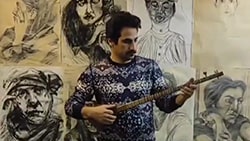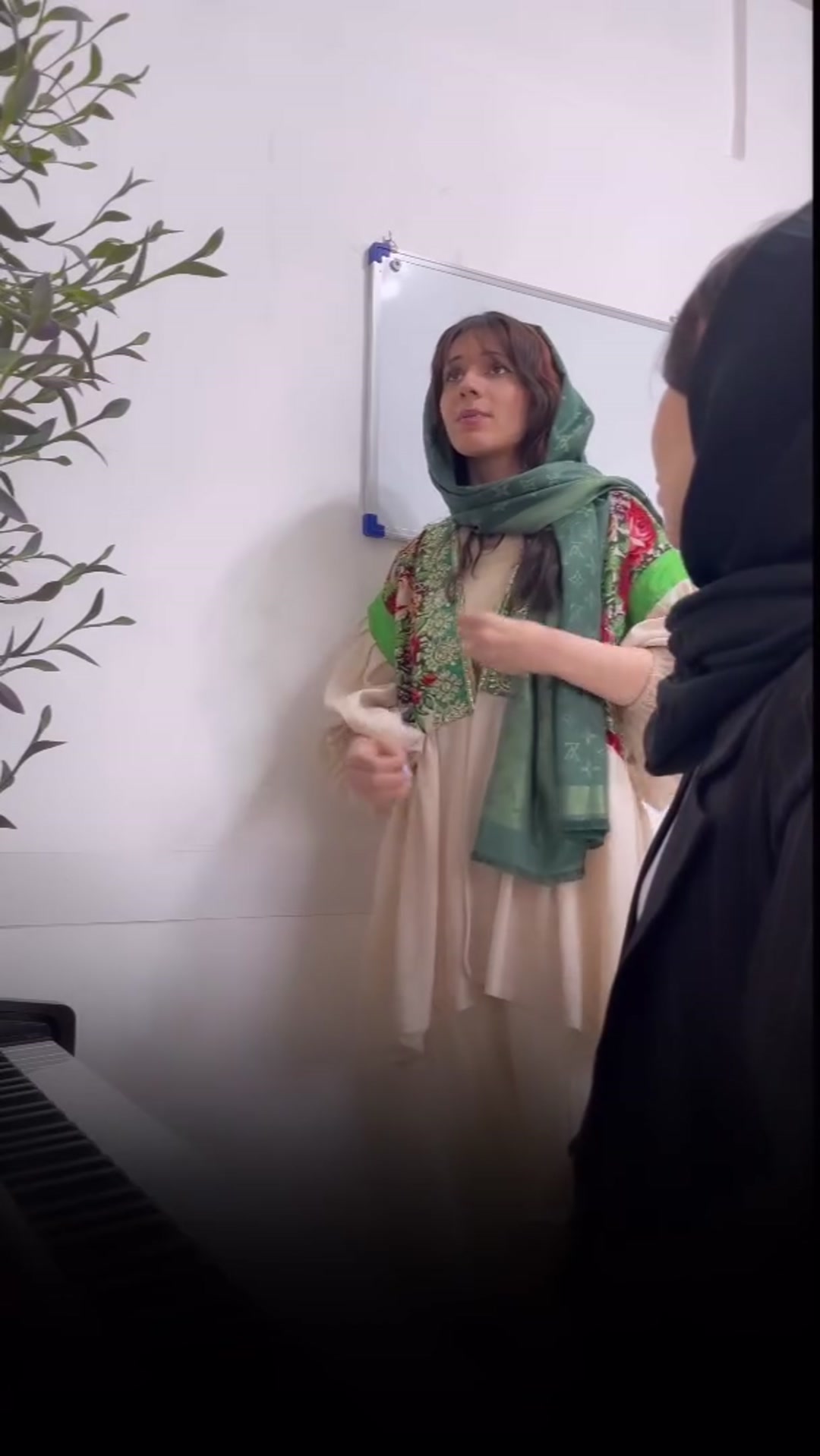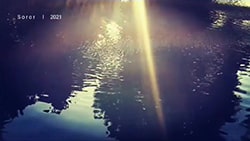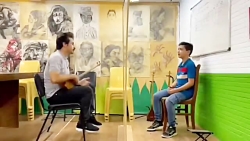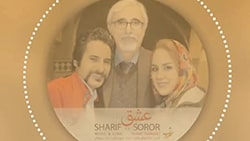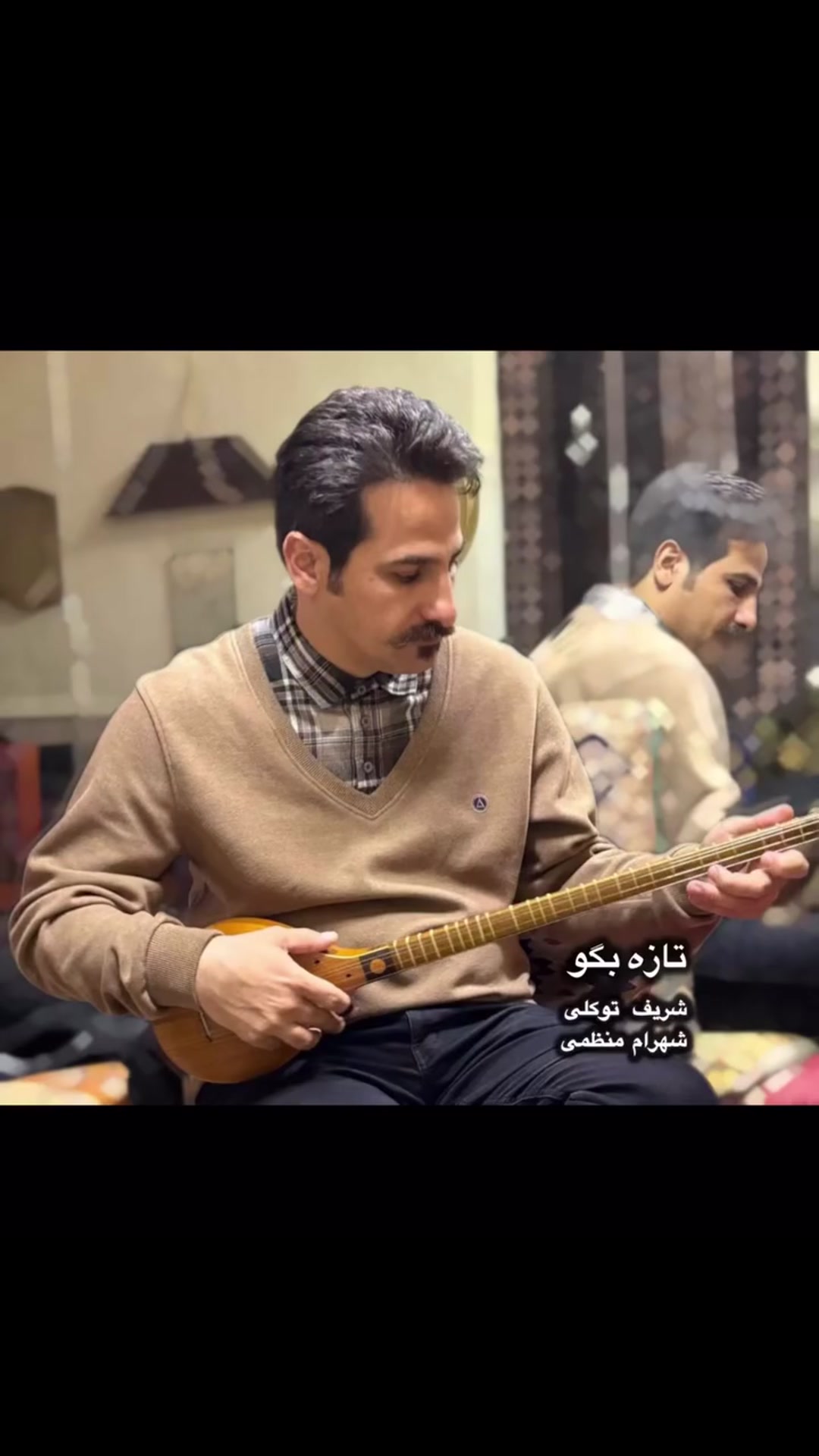Online Iranian Singing Course
More Links
- Accordion
- Cajon
- Cello
- Clarinet
- Classic Violin
- Double Bass
- Electric Guitar
- Flute
- Guitar
- Handpan
- Hangderam
- Harmonica
- Harmonica
- Harp
- Lakota Fluet
- Melodica
- Persian Tang
- Piano
- Saxophone
- Violin Alto


Malihe Rahimi - Iranian Singing
Tuition : 1,000,000 toman
Soror Tavakoli - Iranian Singing
Tuition : 2,000,000 toman
Mohammad Malek - Iranian Singing
Tuition : call for price
Sharif Tavakoli - Iranian Singing
Tuition : call for priceStudents Videos
Iranian Singing
Iranian singing, also known as Persian singing, is a captivating art form rooted in the deep cultural heritage of Iran. This traditional style is characterized by unique vocal techniques, melodic patterns, and an emotional depth that resonates with audiences around the world. For those passionate about exploring the rich traditions of Persian music, learning Iranian singing offers an incredible opportunity to connect with this art form.
In this article, we’ll dive into the essential elements of Iranian singing, explore the benefits of learning Persian singing, and provide insights into our online Iranian singing courses designed for both beginners and advanced students.
What is Iranian Singing?
Iranian singing, also known as Persian classical singing, is a form of vocal expression closely associated with Persian classical music. Known for its intricate melodies and expressive qualities, Persian singing often draws on themes of nature, love, and spirituality. Singers learn specific ornamentations, microtones, and vocal techniques that make this genre unique. This style demands a blend of technical skill, emotional sensitivity, and an understanding of the poetic traditions of Persian music.Why Learn Persian Singing?
Connect with Persian Culture
Learning Iranian singing allows students to immerse themselves in Persian culture. Many Persian songs are based on poetry from celebrated Persian poets like Hafez, Rumi, and Saadi. Understanding and singing these works brings a profound connection to the cultural heritage of Iran.Unique Vocal Techniques
Iranian singing incorporates unique techniques, such as melismatic phrases and ornamentation, which make it a distinctive style. Mastering these techniques enhances a singer’s overall vocal ability and range.Express Emotions with Depth
Persian music is renowned for its emotional depth, and Iranian singing allows performers to express a wide range of emotions. This focus on emotional expression often resonates with people who appreciate a soulful approach to music.Key Elements of Iranian Singing Techniques
Iranian singing is technically and stylistically unique. Here are some foundational elements taught in Persian singing courses:
1. Dastgah System
The Dastgah system is central to Persian classical music, with each Dastgah having its own tonal structure. This system allows singers to explore specific melodic structures and build their repertoire.
2. Ornamentation Techniques
Ornamentation is a significant aspect of Persian singing. Singers learn to use melismas and microtones, adding subtle nuances to their performances.3. Vocal Control and Range
Persian singing requires refined vocal control, as singers often perform in multiple registers, with shifts in pitch and tone. Developing this control is essential to mastering the style.Benefits of Taking Online Persian Singing Lessons
Our online Iranian singing lessons offer flexibility and access to expert Iranian teachers for students worldwide. Here are some benefits:
1. Learn from Expert Iranian Instructors
Our teachers are experienced Iranian vocalists with extensive knowledge of Persian singing techniques and styles. Their expertise ensures students receive authentic and high-quality instruction.2. Tailored Private Lessons
Every lesson is private, meaning that each student gets focused attention, allowing them to progress at their own pace. Lessons are customized based on the student's skill level and learning goals.3. Learn in English or Farsi
Whether you are an English speaker or a Farsi speaker, our instructors can guide you in the language you’re most comfortable with, making the learning experience more accessible.### **4. Flexible Scheduling**
With online courses, students have the flexibility to schedule lessons around their own time zones, making learning Persian singing easier than ever.
Overview of Our Iranian Singing Courses
Our Persian singing courses cover essential skills, techniques, and cultural insights for students at any level.
Beginner Course
For beginners, our instructors start with foundational skills, introducing students to the Dastgah system, vocal techniques, and basic ornamentation.Intermediate Course
In the intermediate level, students learn more complex Dastgah structures, as well as advanced vocal techniques and ornamentations that bring more depth to their performances.Advanced Course
Advanced students delve into specialized areas, such as improvisation within the Dastgah system and performing poetry from Persian literature, offering them a deeper understanding of Persian musical expression.
Persian singing
Persian singing has a long history in Iran, even dating back to the Hakhamaneshian and Sasanian periods. Many people who have a good voice think that they can become good singers too. However, entering the field of singing requires more skills and knowledge than having a good voice. If you think you have talent in this area and you want to know how you can learn the necessary skills, stay tuned.What is the Persian singing?
Persian singing is a collection of corners that are performed together and independently. Singing is the use of sound based on musical principles. Persian singing shows the mood of people which can be happy or sad. The song does not have a specific beat and the singer can add or subtract something to it according to his taste. Persian singing has various songs, the most important of which are Abu Atta, Dashti, Afshari, Bayat Turk, and Isfahan.Persian singing consists of three general parts:
- Income: which is usually sung at the beginning of the song and is the first part that the listener immediately after hearing it understands what device the singer is playing. In this part of the song, there is a lot of sound traction. Landing: This section is used to end the corner. Landing is just as important as income. - Masnavi: Masnavi exists in some instruments and songs, which is a selection from the corners of the instrument or song and has its own income and landing. The sound attraction in this section is usually more.
